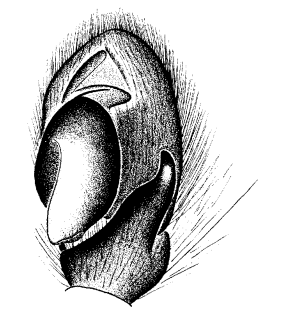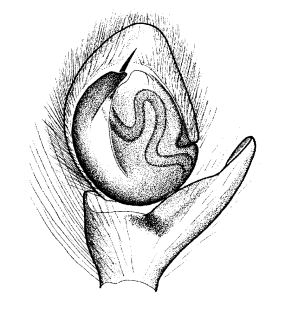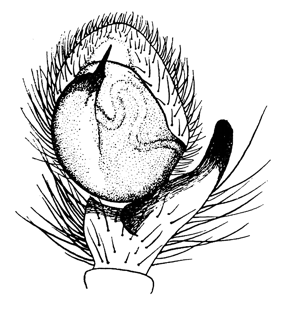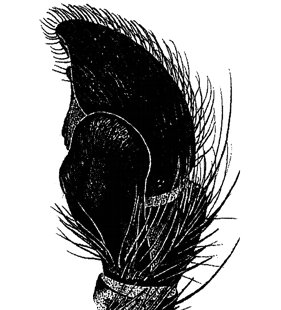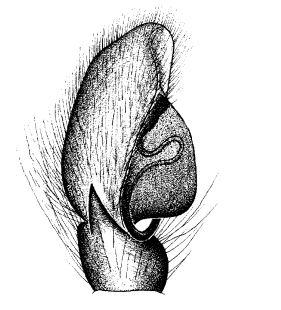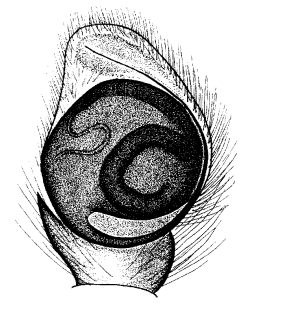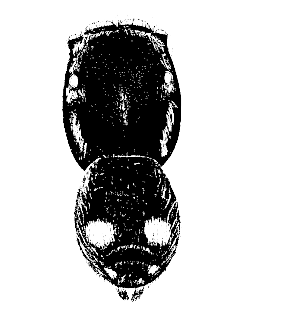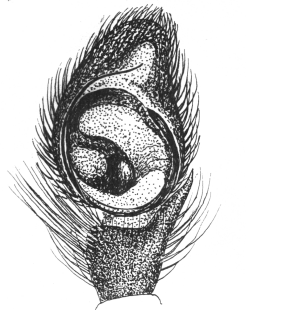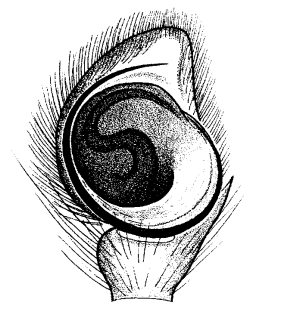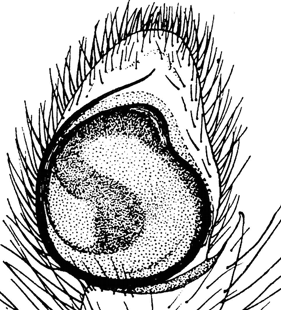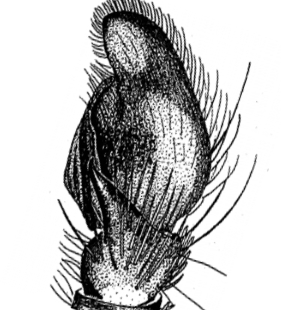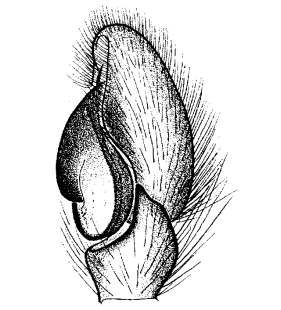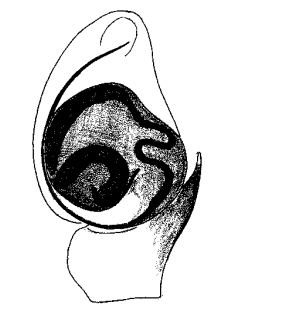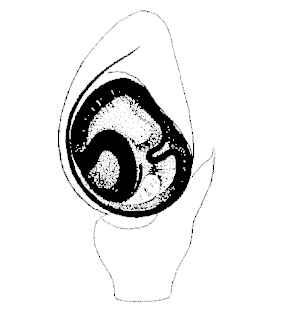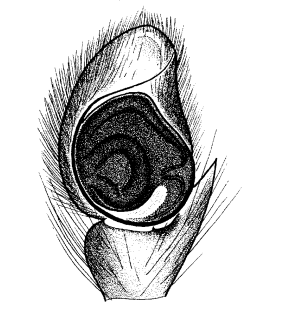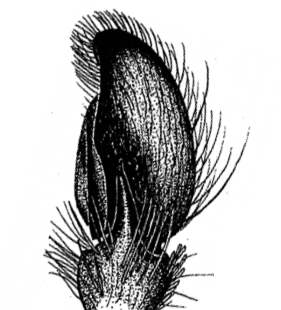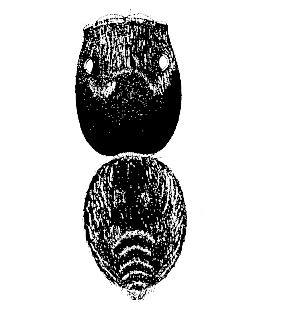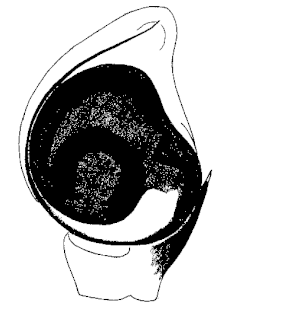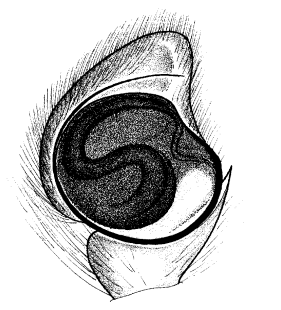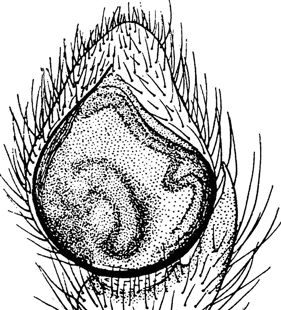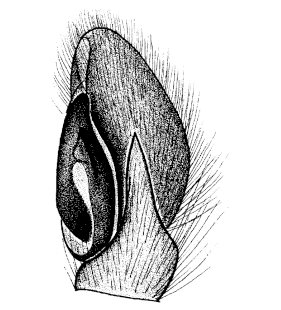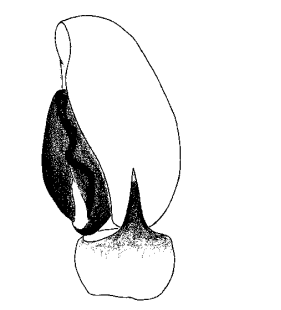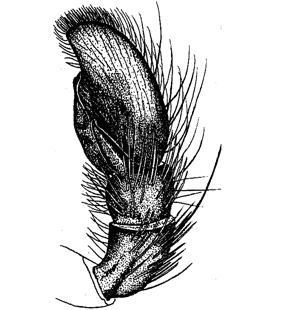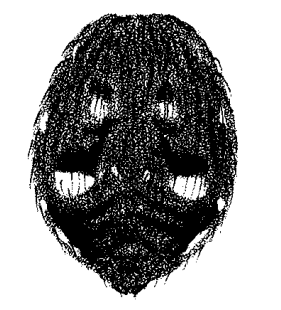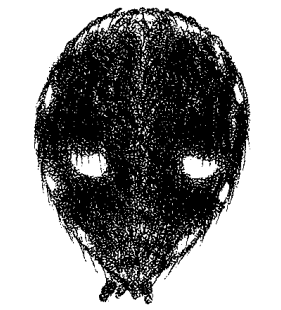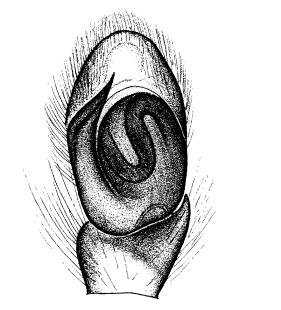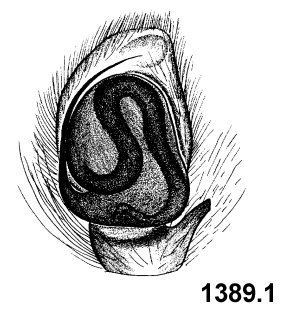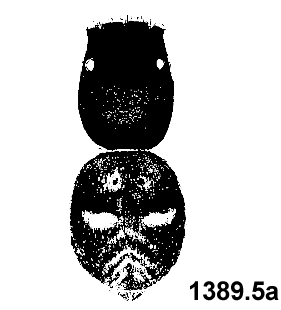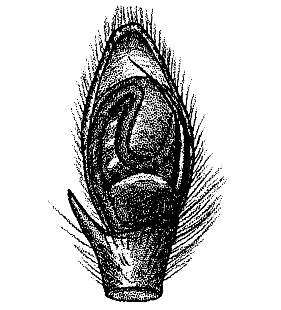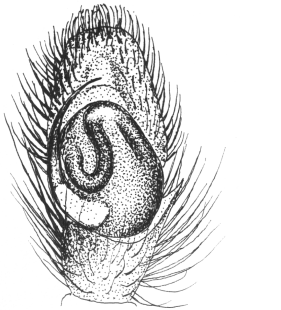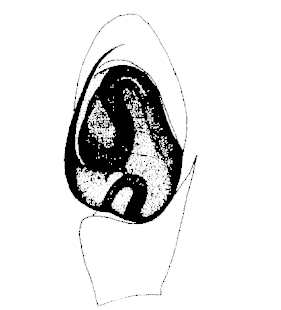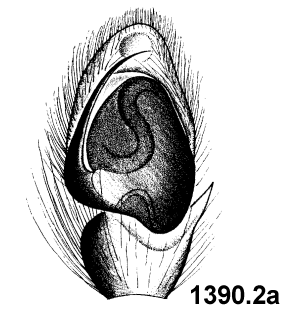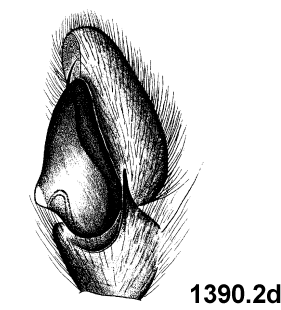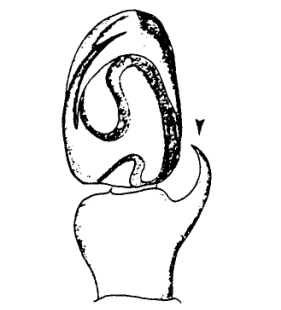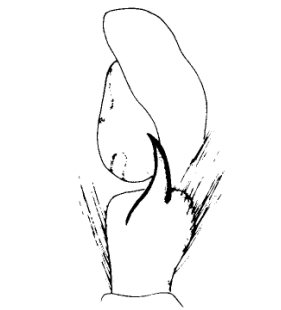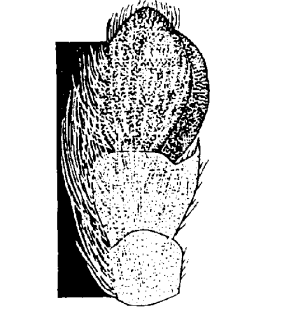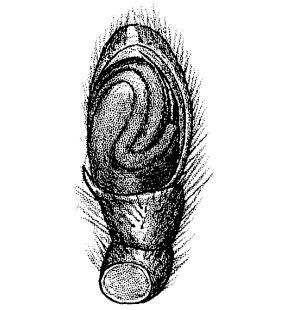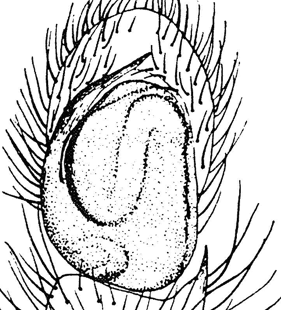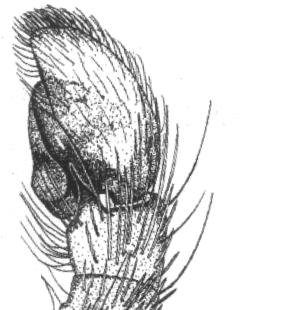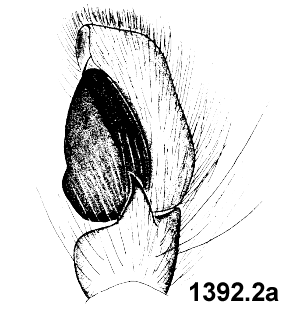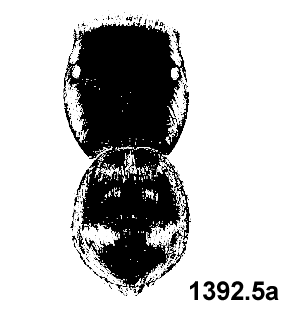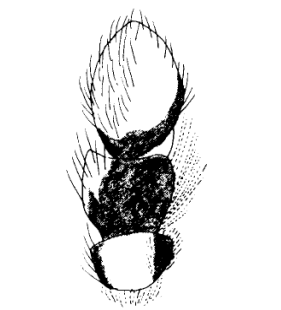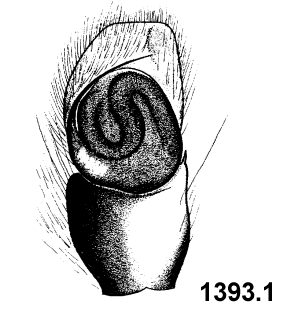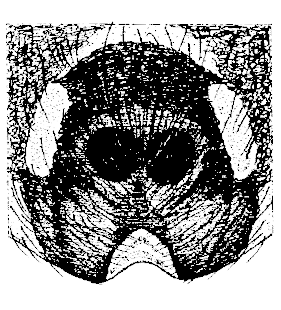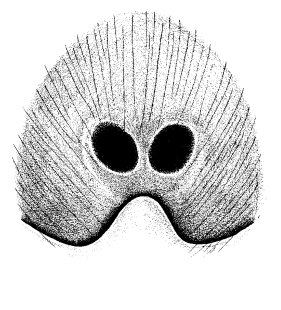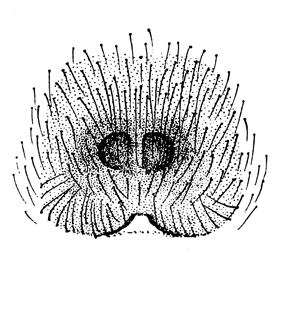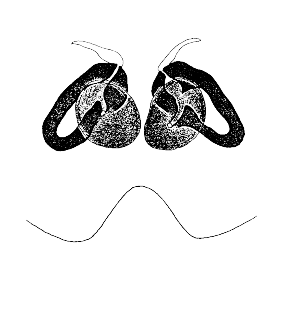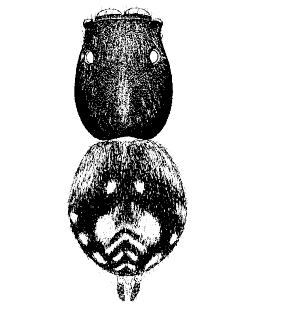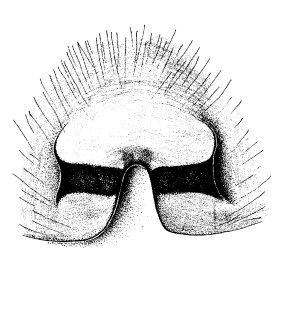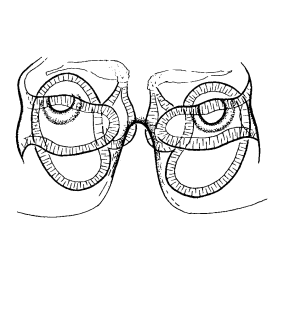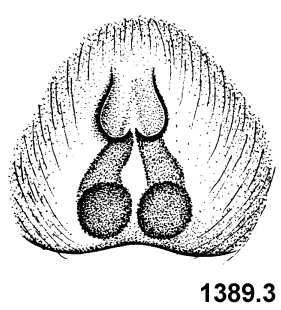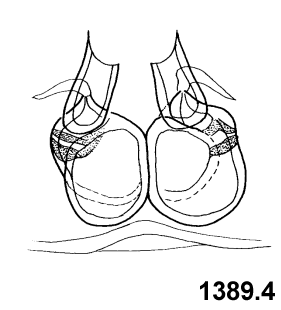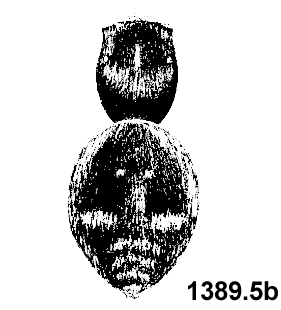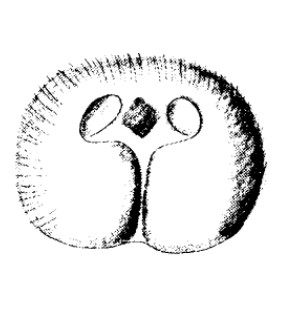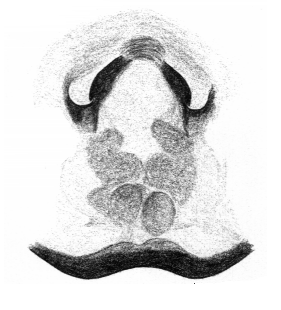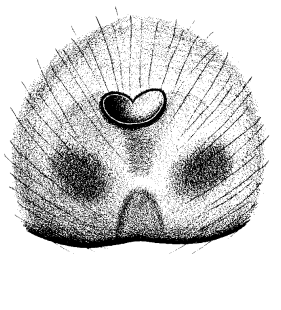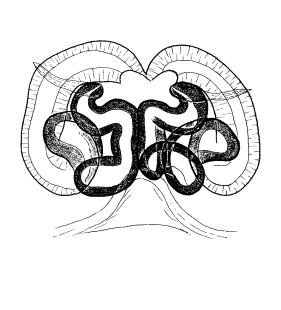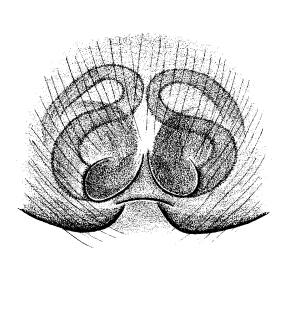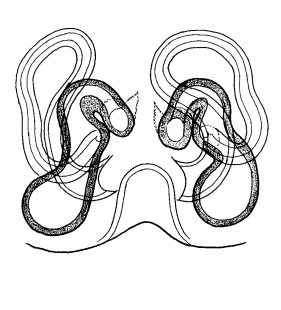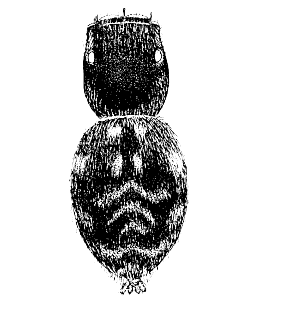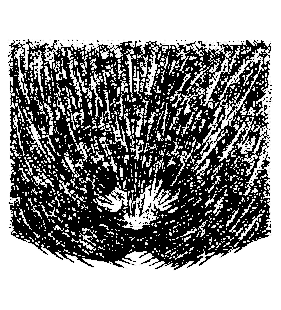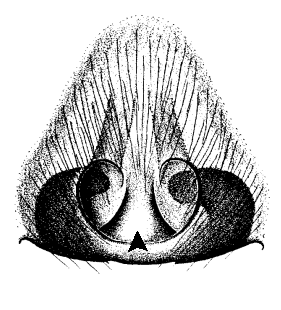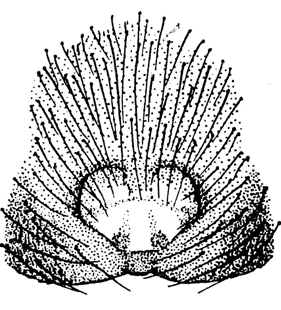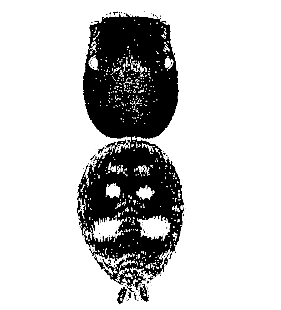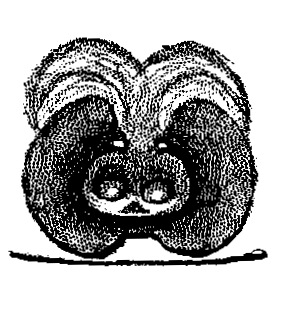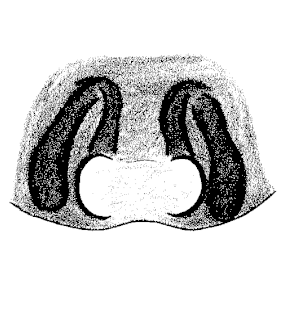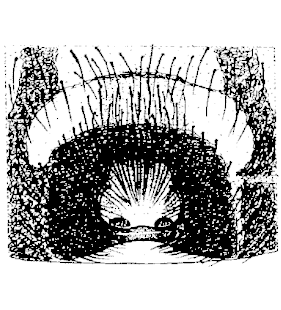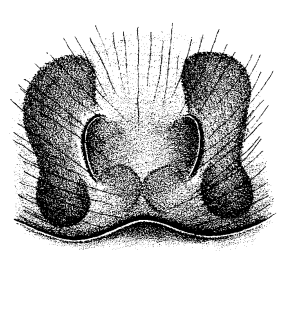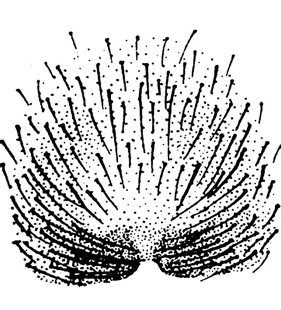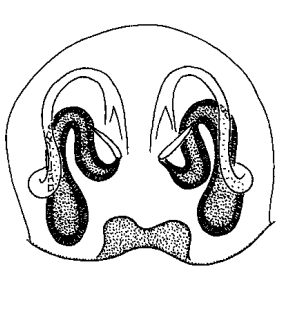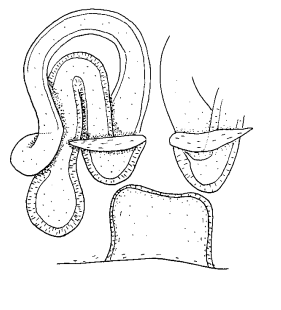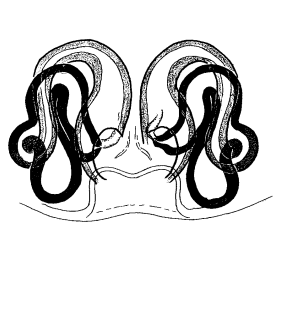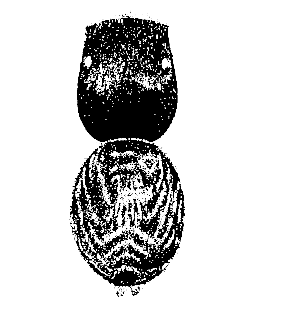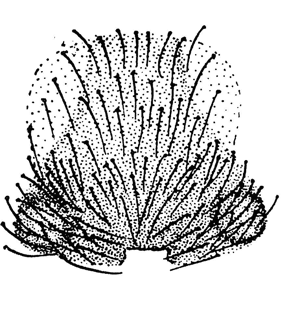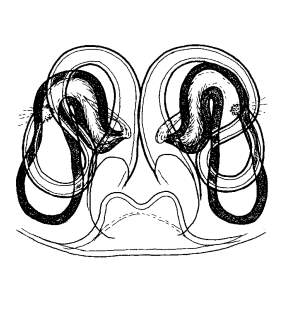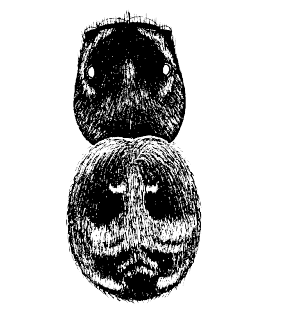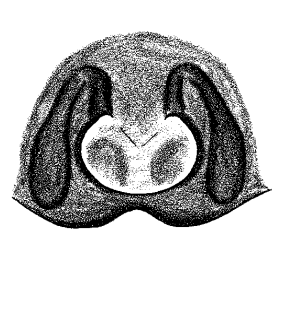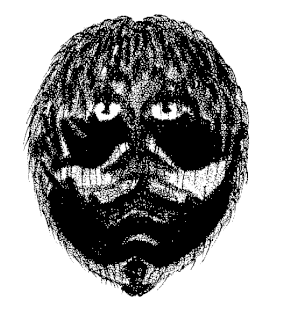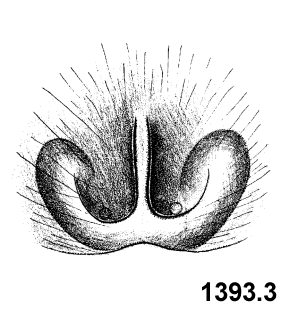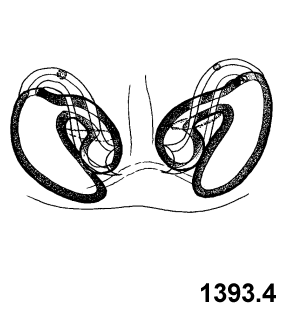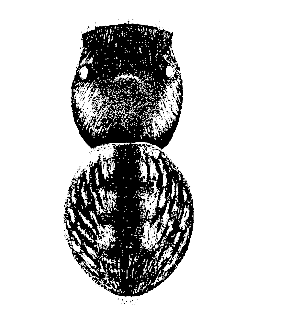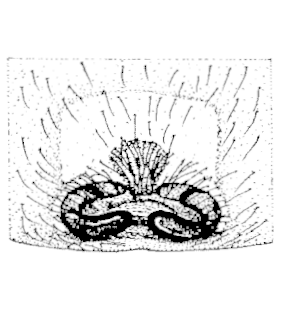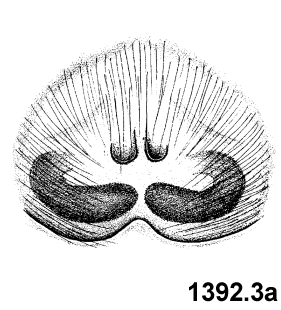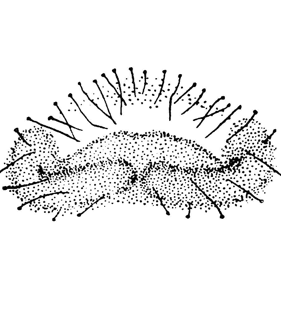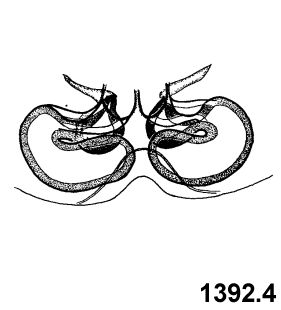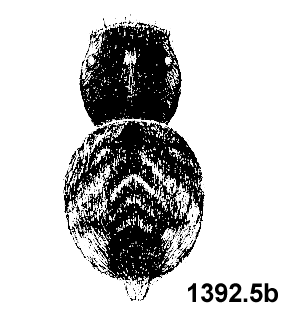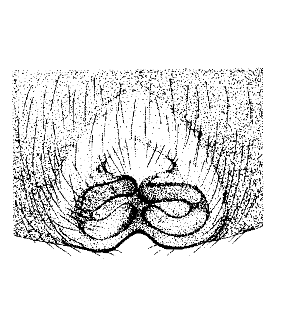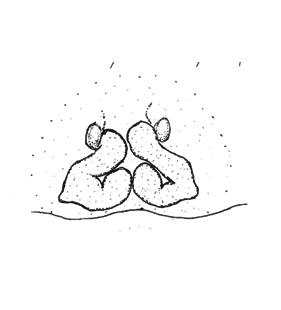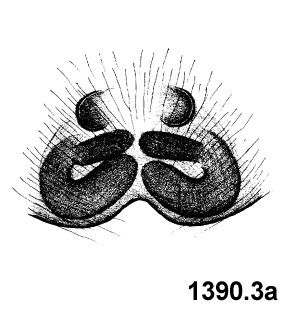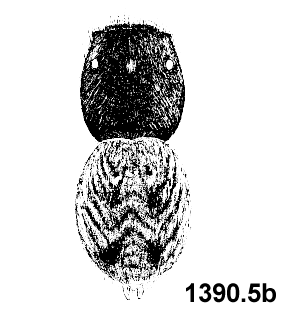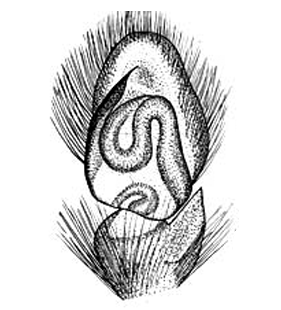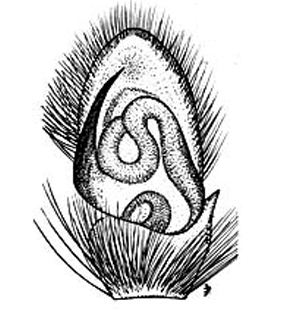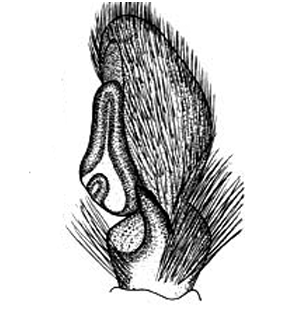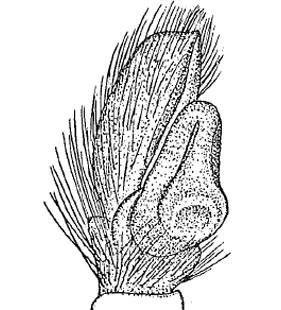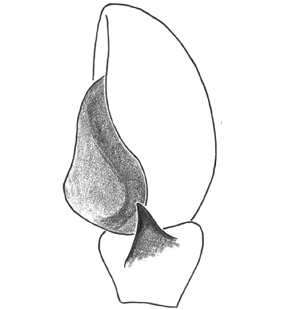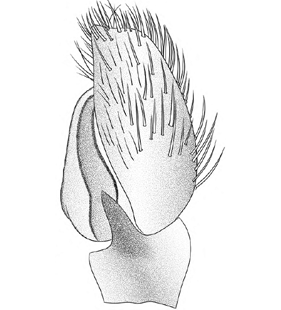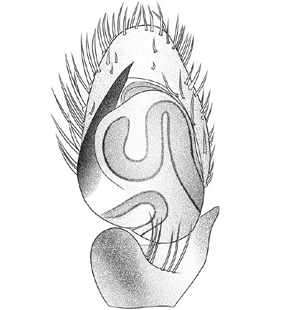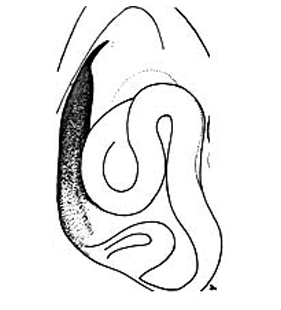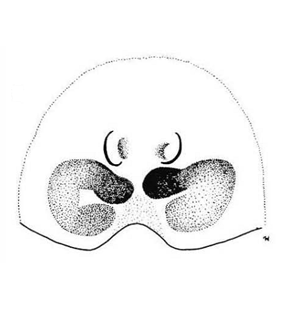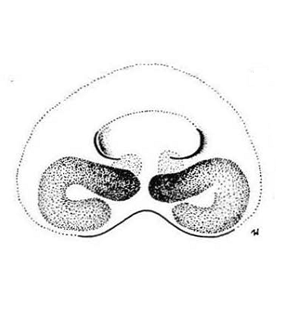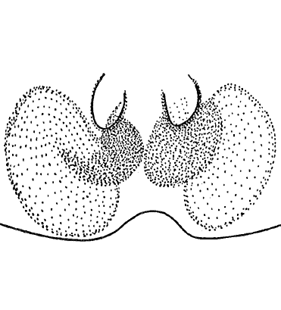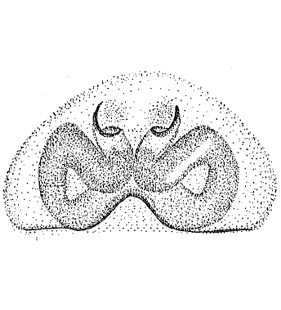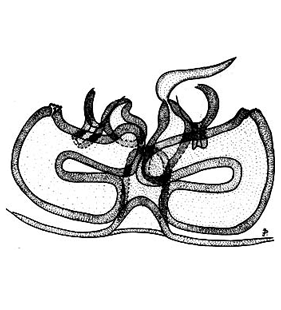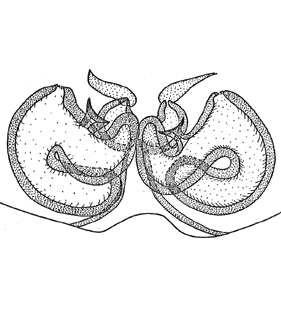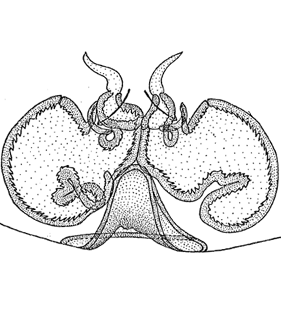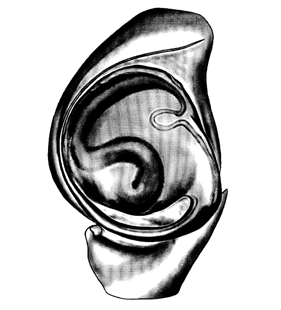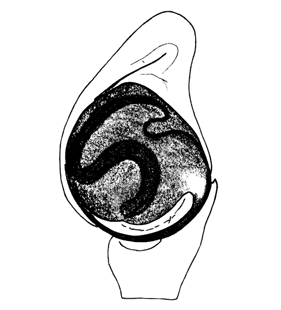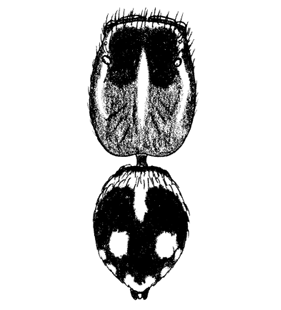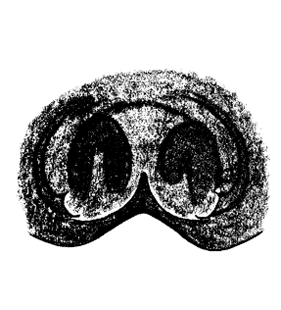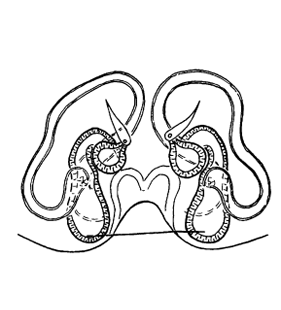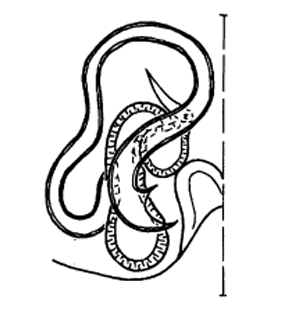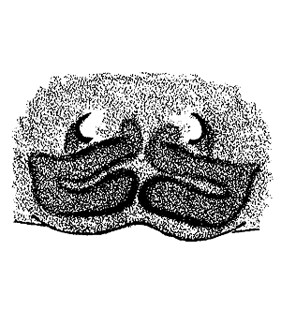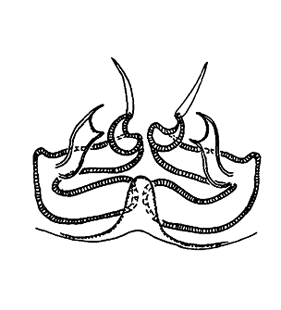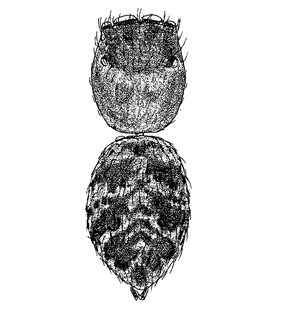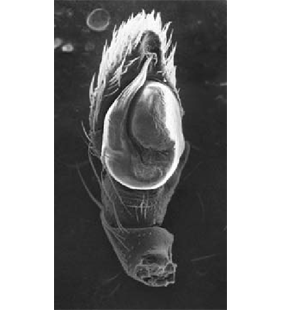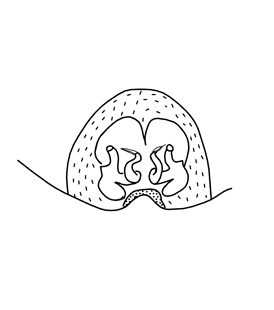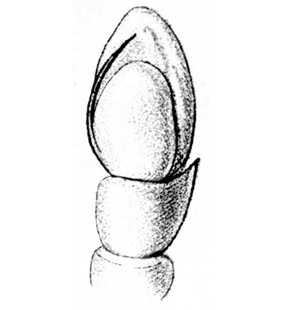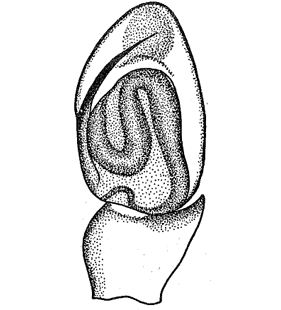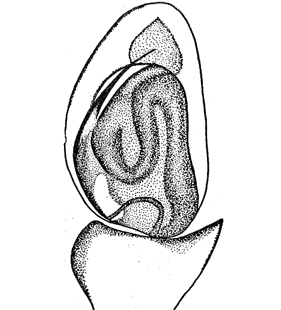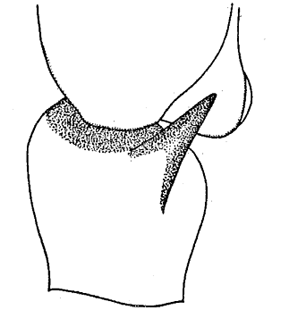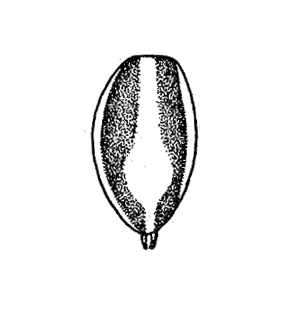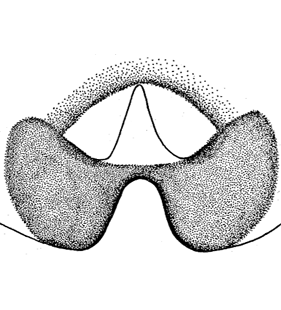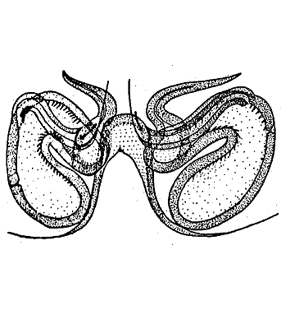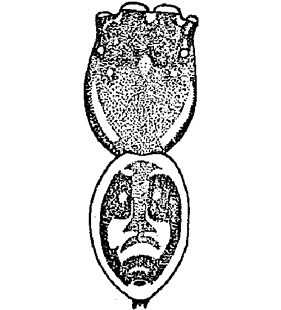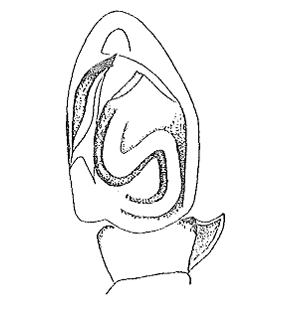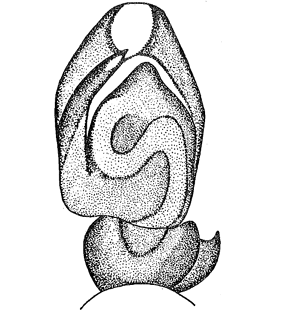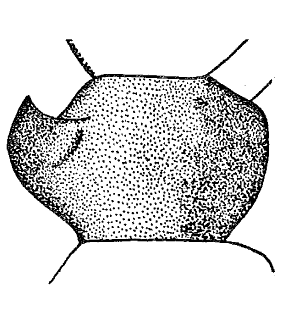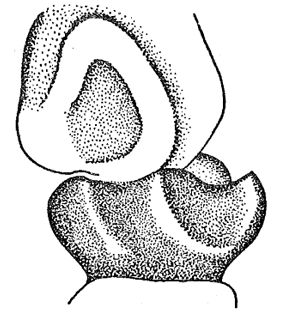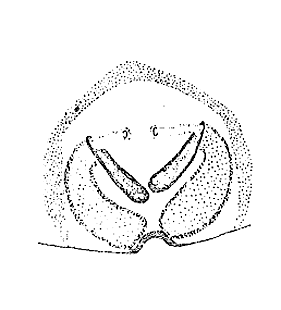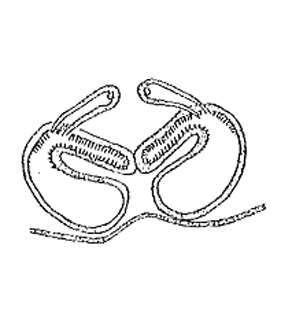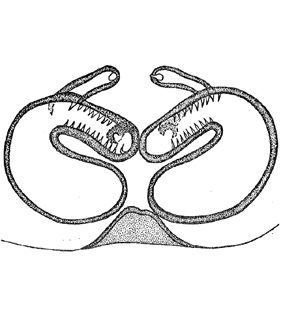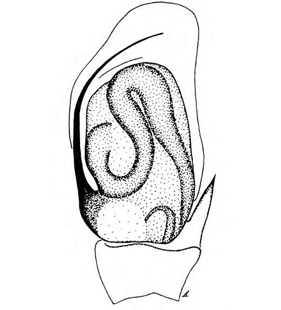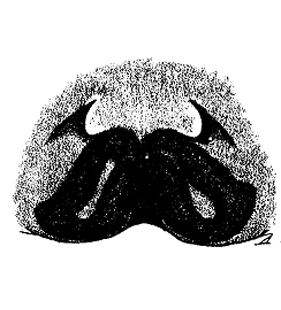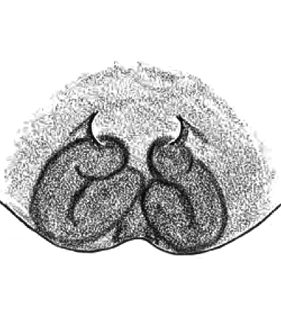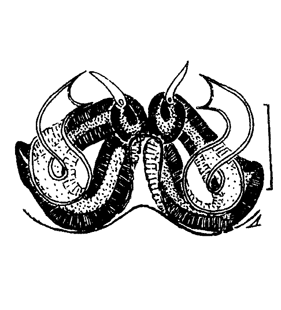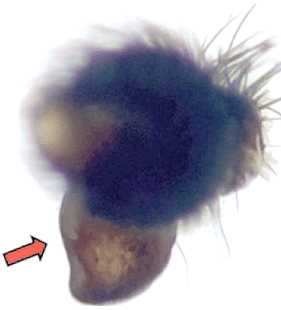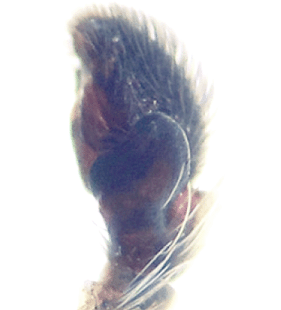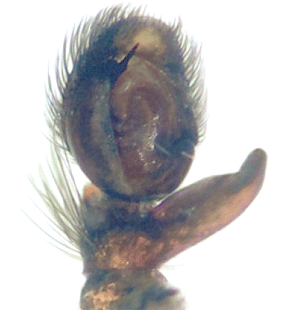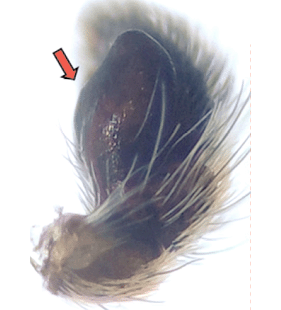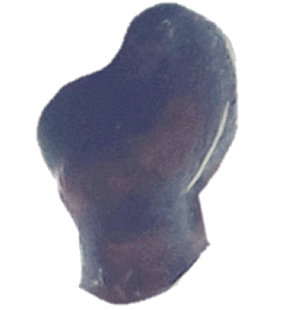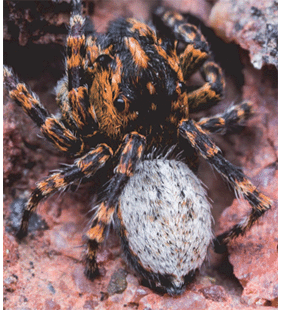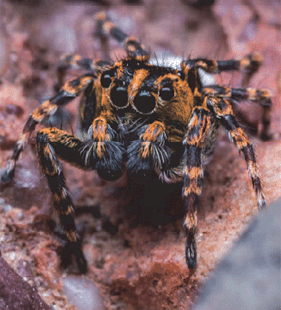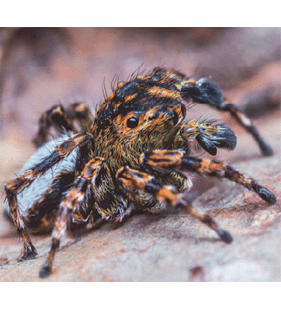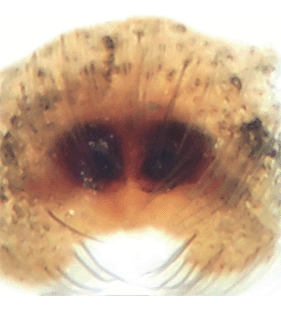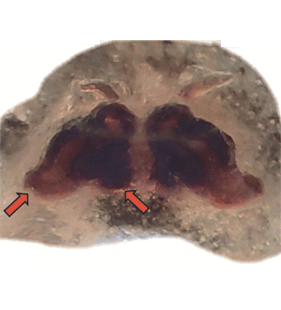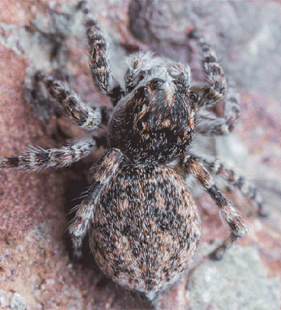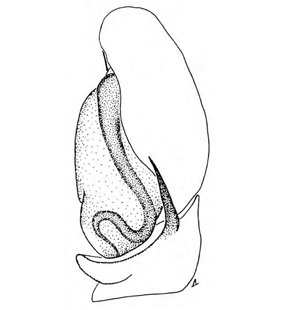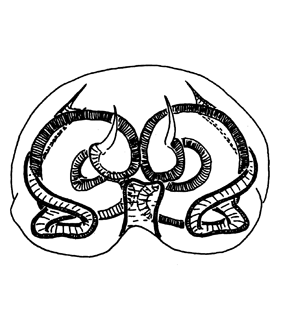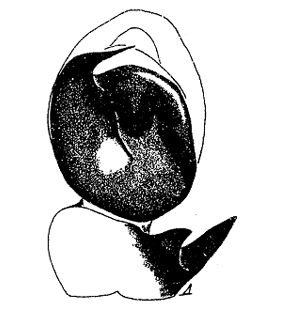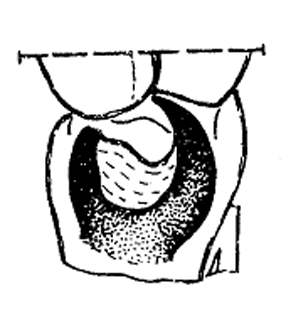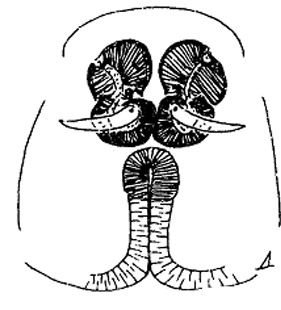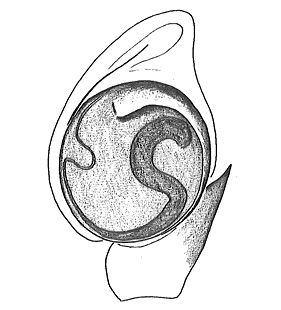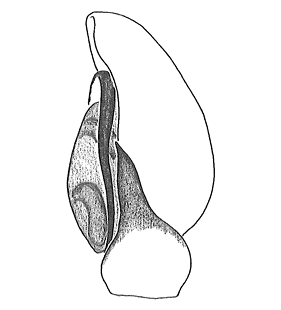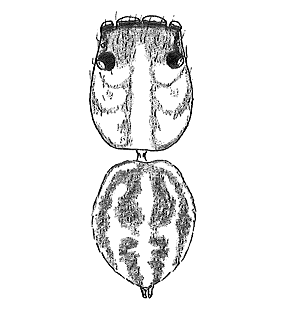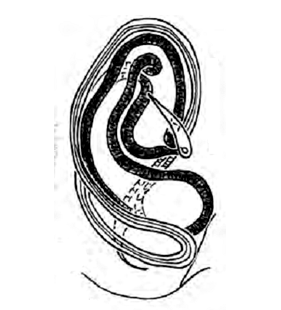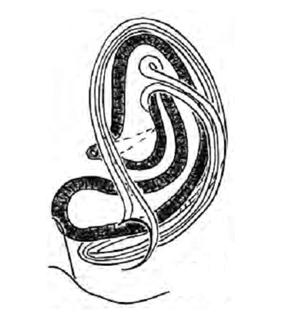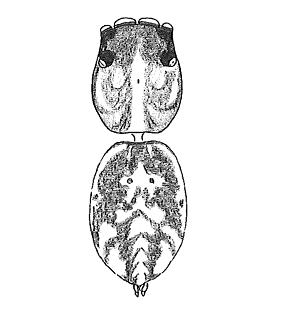Salticidae: Attulus Simon, 1889
Schlüssel nicht vollständig. Weitere Arten sind am Ende aufgelistet. |
Für Fehlermeldungen oder Verbesserungsvorschläge bitte Link folgen: click
|
||||||||||
| 1 |
Männchen | ||||||||||
| - | Weibchen | ||||||||||
| 2 (1) |
Bulbus rund | ||||||||||
| - | Bulbus oval oder viereckig | ||||||||||
| 3 (2) |
Tibialapophyse lang, abstehend, ± gebogen | ||||||||||
| - | Tibialapophyse schmal, dreieckig, spitz | ||||||||||
| 4 (3) |
Tibialapophyse zum Bulbus gebogen; Embolus um Bulbus gewunden, seine Basis verdeckt; Opisthosoma dorsal ohne weisse Flecken Attulus terebratus (Clerck, 1757) |
| |||||||||
| - | Tibialapophyse nur leicht gebogen; Embolus kurz und kräftig; Opisthosoma dorsal mit einem Paar weisser Flecken Attulus pubescens (Fabricius, 1775) |
| |||||||||
| 5 (3) |
Embolus an der Basis deutlich vom Bulbus getrennt Attulus zimmermanni (Simon, 1877) |
| |||||||||
| - | Embolus an der Basis durch eine weisse Membran des Bulbus verdeckt | ||||||||||
| 6 (5) |
Spermakanal leicht S-förmig gebogen; Tibialapophyse an der Basis breit; Femora einheitlich dunkel Attulus floricola (C. L. Koch, 1837) |
||||||||||
| - | Spermakanal stark S-förmig gewunden; Tibialapophyse länger und schmäler; Femora nicht einheitlich dunkel | ||||||||||
| 7 (6) |
Pedipalpen ohne auffällige weisse Behaarung; Pedipalpus wie Abb. Attulus caricis (Westring, 1861) |
||||||||||
| - | Pedipalpen mit auffällig weisser Behaarung, vor allem an Femur und Patella | ||||||||||
| 8 (7) |
Prosoma mit drei deutlichen, schmalen Längsstreifen aus weissen Haaren; Cymbium und Bulbus vergleichsweise gross; basale Hälfte der Femora hell; Pedipalpus wie Abb. Attulus rupicola (C. L. Koch, 1837) |
| |||||||||
| - | Prosoma mit einem medianen hellen Längsstreifen, die beiden lateralen Streifen weniger deutlich, über Coxa III verbreitert, von hier oft Querlinie zur Medianlinie angedeutet; Cymbium und Bulbus vergleichsweise klein Attulus inexpectus (Logunov & Kronestedt, 1997) |
||||||||||
| 9 (2) |
Embolus breit, parallel zur Bulbushauptachse, distal leicht gebogen Attulus dzieduszyckii (L. Koch, 1870) |
| |||||||||
| - | Embolus schmal, diagonal zur Bulbushauptachse | ||||||||||
| 10 (9) |
Tibialapophyse breit, distal schräg abgeschnitten, stumpf endend Sittisax saxicola (C. L. Koch, 1846) |
| |||||||||
| - | Tibialapophyse spitz endend | ||||||||||
| 11 (10) |
Tibialapophyse breit dreieckig, gerade Attulus distinguendus (Simon, 1868) |
||||||||||
| - | Tibialapophyse schmaler und gebogen | ||||||||||
| 12 (11) |
Tibialapophyse lang, gleichmässig gebogen Attulus longipes (Canestrini, 1873) |
| |||||||||
| - | Tibialapophyse kurz dreieckig, ± deutlich abgesetzte Spitze | ||||||||||
| 13 (12) |
Pedipalpus dorsal einfarbig, mit weissen Borsten; Pedipalpustibia mässig verdickt; Pedipalpus wie Abb. Attulus saltator (O. Pickard-Cambridge, 1868) |
||||||||||
| - | Pedipalpus dorsal mit deutlich abgesetztem Farbmuster; Pedipalpustibia stark verdickt; Pedipalpus wie Abb. Attulus penicillatus (Simon, 1875) |
| |||||||||
| 14 (1) |
Epigyne ohne äusserlich sichtbare Einführöffnung | ||||||||||
| - | Epigyne mit deutlich sichtbarer Einführöffnung | ||||||||||
| 15 (14) |
Epigyne besteht nur aus sklerotisierter Vertiefung mit 2 dunklen Flecken; Vulva einfach Attulus pubescens (Fabricius, 1775) |
| |||||||||
| - | Epigyne eine kompliziert sklerotisierte Platte; Vulva komplex, wie Abb. Attulus dzieduszyckii (L. Koch, 1870) |
| |||||||||
| 16 (14) |
Epigyne mit deutlich ausgeprägter Grube, auf deren Grund sich verdeckte Einführöffnungen befinden | ||||||||||
| - | Epigyne ohne deutliche Grube, Einführöffnungen deutlich zu erkennen | ||||||||||
| 17 (16) |
Epigynengrube in vorderer Epigynenhälfte | ||||||||||
| - | Epigynengrube in hinterer Epigynenhälfte | ||||||||||
| 18 (17) |
Epigynengrube länger als breit Sittisax saxicola (C. L. Koch, 1846) |
| |||||||||
| - | Epigynengrube breiter als lang | ||||||||||
| 19 (18) |
Epigynengrube mit 2 Öffnungen, über schmale Längsvertiefungen mit hinterem Epigynenrand verbunden Attulus longipes (Canestrini, 1873) |
| |||||||||
| - | Epigynengrube schlitzförmig Attulus terebratus (Clerck, 1757) |
| |||||||||
| 20 (16) |
Epigynengrube umgekehrt V-förmig ausgebildet Attulus zimmermanni (Simon, 1877) |
| |||||||||
| - | Epigynengrube rund-herzförmig (für die hier folgenden 4 Arten ist eine Vulva-Präparation erforderlich) | ||||||||||
| 21 (20) |
Einführgang führt zum vorderen Ende der Receptacula seminis, einfach gewunden; Epigyne wie Abb. Attulus floricola (C. L. Koch, 1837) |
| |||||||||
| - | Einführgang führt in die Mitte der Receptacula seminis | ||||||||||
| 22 (21) |
Einführgang einfach gewunden Attulus caricis (Westring, 1861) |
||||||||||
| - | Einführgang stärker gewunden | ||||||||||
| 23 (22) |
Epigyne und Vulva wie Abb. Attulus rupicola (C. L. Koch, 1837) |
| |||||||||
| - | Epigyne und Vulva wie Abb. Attulus inexpectus (Logunov & Kronestedt, 1997) |
| |||||||||
| 24 (17) |
Einführöffnungen durch schmale Erhebung über 1/2 Epigynenlänge deutlich getrennt Attulus penicillatus (Simon, 1875) |
| |||||||||
| - | Anders | ||||||||||
| 25 (24) |
Durch breite Erhebung im vorderen Epigynenteil 2 kleine, nach vorne offene Gruben angedeutet Attulus saltator (O. Pickard-Cambridge, 1868) |
| |||||||||
| - | Epigyne und Vulva wie Abb. Attulus distinguendus (Simon, 1868) |
|
Weitere Taxa
1. Attulus ammophilus (Thorell, 1875) | |||||||||||
2. Attulus atricapillus (Simon, 1882) | |||||||||||
3. Attulus avocator (O. Pickard-Cambridge, 1885) |
| ||||||||||
4. Attulus barsakelmes (Logunov & Rakov, 1998) | |||||||||||
5. Attulus damini (Chyzer, 1891) | |||||||||||
6. Attulus goricus (Ovtsharenko, 1978) | |||||||||||
7. Attulus inopinabilis (Logunov, 1992) |
| ||||||||||
8. Attulus laui Méndez, 2024 | |||||||||||
9. Attulus pulchellus (Logunov, 1992) |
| ||||||||||
10. Attulus relictarius (Logunov, 1998) |
| ||||||||||
11. Attulus rivalis (Simon, 1937) |


